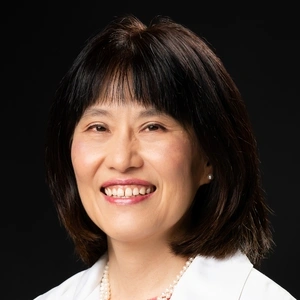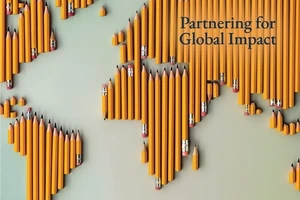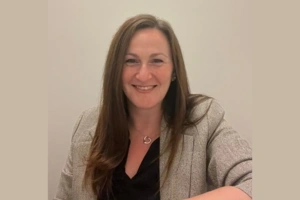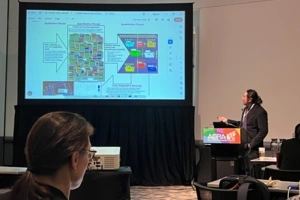Faculty Expert
Professor Yuko Goto Butler, director of Penn GSE’s Teaching English to Speakers of Other Languages (TESOL) Program, has long fielded requests from her students for a wide-ranging book of best practices that could help guide them in their English language teaching of children after graduation. But she never had anything to recommend because a comprehensive overview of young children’s foreign language learning didn’t exist. So, Butler wrote it herself.
Children's Additional Language Learning in Instructional Settings: Implications for Teaching and Future Research (Multilingual Matters), released earlier this summer, gathers together, for the first time, up-to-date research on language development and pedagogy among children learning a foreign language and presents it in a manner that bridges research and practice. Each chapter starts with a practitioner’s question such as, What is unique about teaching an additional language to children? and How do tasks and interactions promote children’s additional language learning? Butler then fills out the chapter, sharing relevant research findings related to those queries and offering discussion questions and recommended reading for further study.
“All these questions were originally motivated by questions from a teacher study group I was participating in,” said Butler. “Basically, teachers kept asking similar questions, so I decided to just put them together and share our experience.”
The field of young children’s foreign language learning is a relatively new one, said Butler, when compared with the more established fields of first-language acquisition or adult second-language acquisition.
“In the last 20 years or so, there has been a rapidly expanding number of children learning foreign languages in a school setting,” she said. “So, it is receiving increasing attention now, but relatively speaking, our accumulation of theoretical and empirical work is somewhat limited.”

That’s where her new book comes in. One key takeaway she hopes readers will absorb is that individual differences play a huge part in children’s language learning. Because the learners are still so early in their development and schooling, there can be substantial diversity in how children learn language, even within the same classroom, she said.
“Pay attention to the individual child—that's very, very important,” said Butler. “I come from an experimental research background, and experimental researchers tend to control things as much as possible to try to understand a simple cause-and-effect relationship. But reality is much more complicated. There are so many factors that interfere with each other and so many individual differences across children. Contextualizing individual student learning is going to be crucial in understanding children's language learning. Everybody is different.”
Her book also debunks long-held assumptions about how “younger is better” when it comes to learning languages, especially when talking about foreign languages taught in a discrete classroom context—as opposed to the immersive second-language acquisition you would get by, say, moving to a new country and starting a new school where the daily language spoken was different from your mother tongue. Because we know babies are generally so dexterous at mastering their first language and children who move to new countries and learn second languages often appear to acquire proficiency much faster than their parents, the myth persists that the younger one is, the easier it is to learn a new language. But Butler says that’s not the case, especially with foreign languages taught in a school setting.
“In a less immersed context, you don’t have enough input,” she said. “And if you don't have enough input, then earlier is not better. In fact, in most cases, the later the better. With pronunciation, children may have a little bit of a benefit, but when it comes to grammar and vocabulary learning, it often requires more cognitive resources. So, if you have established first-language ability, that’s better. You want to have foundational literacy skills in the first or home language, so you can make use of them and then transfer them to the additional-language learning literacy skills.”
This, she said, has implications for policymakers as they consider how to encourage the most efficient foreign language teaching in schools. Butler’s work has long had policy implications. She works with the Japanese Ministry of Education, Culture, Sports, Science, and Technology (MEXT) as a member of their expert panel on enhancing education for language-minority children and students in Japan. She also serves on MEXT’s working group for developing the next national English language curriculum.
Another major point of Butler’s book is its emphasis on the ethical issues involved in research, teaching, and the development of young language learners. Since children are a vulnerable group, special consideration is required. She strongly advocates for child-centered approaches to understanding children’s language learning, such as conducting research with children. One of the most critical ethical concerns today is how to introduce AI into children’s language learning.
“I am excited about AI, in general,” she said. “Students in my classes at GSE use AI in various ways, and that’s okay, because our students already established a strong foundation in language and literacy—not only in their first or home language but also in their additional language. But when you start using AI with very young children, we have no idea what kinds of long-lasting impacts it may have on their language development, which is inseparable from thinking. As educators, we must engage in serious ethical discussions while enhancing our evidence-based understanding of its effects on children.”
Media Inquiries
Penn GSE Communications is here to help reporters connect with the education experts they need.









